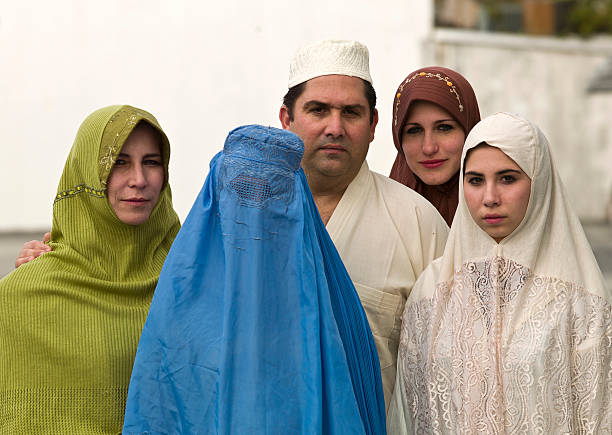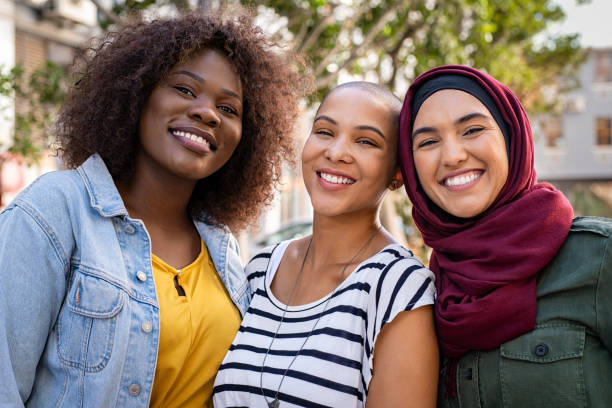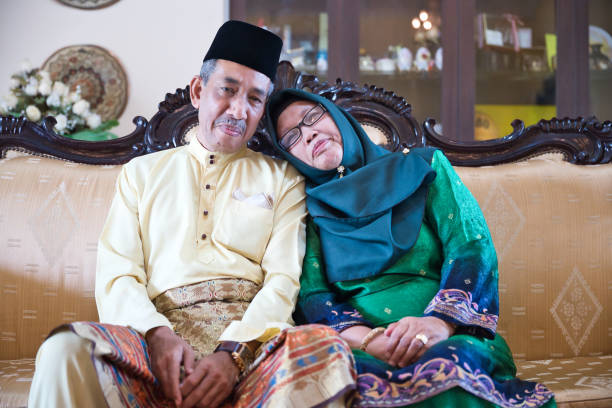The Role of Hijab in Promoting Cultural Understanding: Bridging Differences with Respect and Empathy
In our interconnected and diverse world, promoting cultural understanding is essential for fostering harmony, respect, and empathy among different communities. The hijab, a religiously mandated headscarf worn by Muslim women, plays a significant role in promoting cultural understanding by breaking down stereotypes, encouraging dialogue, and fostering appreciation for diversity. This blog post aims to explore the role of hijab in promoting cultural understanding, highlighting its power to bridge differences and create a more inclusive society.
1.Challenging Stereotypes and Misconceptions

Misconceptions and stereotypes surrounding the hijab and Muslim women are prevalent in many societies. The visibility of the hijab challenges these stereotypes by showcasing the diversity within the Muslim community. By seeing Muslim women confidently wearing the hijab, people are exposed to a positive representation that goes beyond narrow-minded stereotypes. It opens the door for dialogue and encourages individuals to question their assumptions, leading to a better understanding of the cultural and religious significance of the hijab.
2.Encouraging Interfaith and Intercultural Dialogue
The hijab acts as a conversation starter, initiating meaningful discussions about religion, culture, and personal choices. By wearing the hijab, Muslim women provide an opportunity for others to ask questions and engage in interfaith and intercultural dialogue. These conversations promote understanding, dispel misconceptions, and foster empathy by highlighting the shared values and aspirations among different communities. They help build bridges between people of diverse backgrounds, fostering a sense of unity and shared humanity.
3.Promoting Respect for Religious Freedom

Respecting religious freedom is a cornerstone of a tolerant and inclusive society. The hijab serves as a visible reminder of an individual’s right to practice their religion freely. By embracing and accepting the hijab, societies demonstrate their commitment to upholding religious freedom and accommodating diverse religious practices. This recognition of religious rights creates an atmosphere of respect and tolerance, where individuals are valued for their beliefs rather than judged or marginalized.
4.Celebrating Cultural Diversity
Cultural diversity enriches societies by offering a wealth of perspectives, traditions, and values. The hijab, as a cultural symbol, celebrates the diversity within the Muslim community and contributes to the overall tapestry of cultural expressions. By appreciating and understanding the hijab, people gain a deeper understanding of the varied traditions and histories that shape Muslim cultures. This celebration of cultural diversity fosters a sense of unity through mutual respect and admiration for different cultural practices.
5.Empowering Muslim Women’s Agency
The hijab is a choice made by Muslim women, reflecting their personal convictions and religious beliefs. By acknowledging and respecting this choice, societies empower Muslim women to assert their agency and autonomy. Recognizing the hijab as a valid form of self-expression promotes gender equality and challenges preconceived notions about Muslim women’s roles and rights. It creates an environment where Muslim women can freely pursue education, professional aspirations, and social engagement without compromising their identity or beliefs.
6.Building Bridges of Empathy and Solidarity

In a world often divided by cultural, religious, and ethnic differences, the hijab has the power to build bridges of empathy and solidarity. By openly embracing their faith and cultural identity through the hijab. Muslim women inspire others to appreciate diversity, challenge biases, and extend a hand of understanding. This process of building connections across cultural divides fosters empathy. It breaks down barriers, and creates a more inclusive society where differences are celebrated rather than feared.
Conclusion
The hijab plays a crucial role in promoting cultural understanding by challenging stereotypes, encouraging dialogue, and fostering respect and empathy. By embracing the hijab, Muslim women contribute to a more inclusive and harmonious society where diversity is celebrated. Cultural understanding is a collective responsibility, and the hijab serves as a powerful symbol. That invites dialogue, bridges differences, and creates connections that transcend cultural and religious boundaries. Let us embrace the role of the hijab in promoting cultural understanding and work together. To build a world that values and respects the rich tapestry of human diversity.







